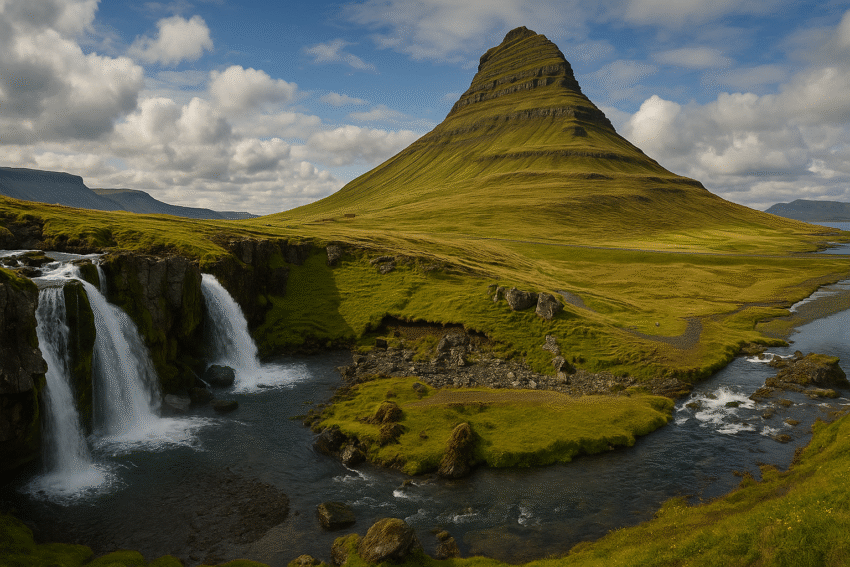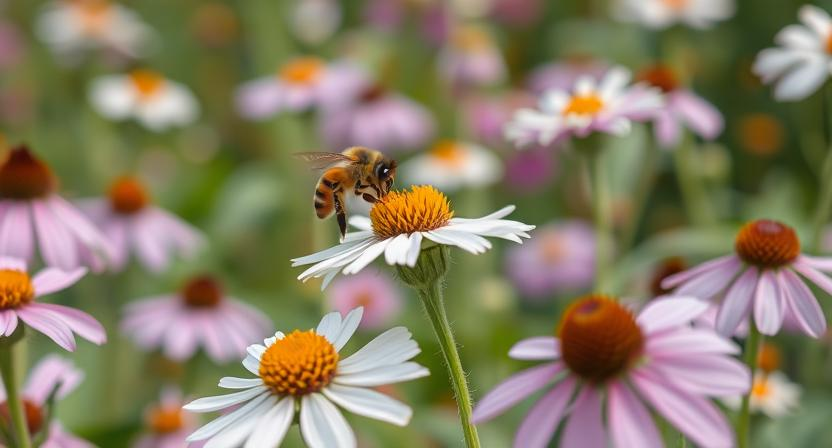1️⃣ Úvod: Zemi kontrastů nelze zapomenout
Island – ostrov, kde se setkává oheň s ledem, kde v létě slunce téměř nezapadá a v zimě září obloha polární září. Tato severská perla láká dobrodruhy, milovníky přírody i ty, kdo touží po klidu a autentickém zážitku. Kombinace sopek, gejzírů, ledovců a tichých fjordů činí z Islandu destinaci jako žádnou jinou. Kdo jednou vkročí na černou pláž u Viku nebo projde mlhou Gullfossu, ten na to nezapomene do konce života.
2️⃣ Historie a kultura: Země vikingských ság
Island byl osídlen kolem roku 874 n. l. norskými Vikingy a od té doby si uchoval jedinečný charakter. Althing, nejstarší fungující parlament na světě, vznikl právě zde v roce 930. Ostrov dlouho patřil pod Norsko a později Dánsko, nezávislost získal v roce 1944. Kulturně Island čerpá z hluboké tradice ság, legend o trollech, elfech a bohaté literární tvorby. Hudba a film dnes tvoří významnou součást exportu, známými jmény jsou Björk nebo filmové lokace z Hry o trůny.
3️⃣ Nejzajímavější památky a atrakce 🗺️
-
Zlatý okruh (Golden Circle): Nejpopulárnější turistická trasa zahrnující Národní park Þingvellir, gejzír Strokkur a vodopád Gullfoss.
-
Reykjavík: Hlavní město s unikátní architekturou (Hallgrímskirkja), živou kulturní scénou a moderní gastronomií.
-
Modrá laguna (Blue Lagoon): Geotermální lázně s tyrkysovou vodou a léčivým bahnem – ideální relaxace.
-
Jökulsárlón: Ledovcová laguna s plovoucími ledovými krami a možností výletu lodí mezi nimi.
-
Tip: Pronajměte si auto a vydejte se po Ring Road – okružní silnici kolem celého ostrova. Nabízí nejvíce z Islandu v jednom balení.
4️⃣ Přírodní krásy a scenérie 🌋❄️🌊
Island je geologicky nejmladší pevninskou částí Evropy a stále se mění. Najdete zde:
-
🌋 Sopky: Eyjafjallajökull, Hekla, Askja
-
❄️ Ledovce: Vatnajökull (největší v Evropě), Langjökull
-
💦 Vodopády: Skógafoss, Seljalandsfoss, Dettifoss
-
🐋 Pozorování velryb: Ze Húsavíku či Reykjavíku – nezapomenutelný zážitek
Island nabízí ideální podmínky pro trekking (Laugavegur trail), jízdu na koni, rybolov, fotografování a v zimě i pro pozorování polární záře.
5️⃣ Gastronomie a místní kuchyně 🍲🍞🐟
Islandská kuchyně je jednoduchá, ale chutná. Dominují ryby, jehněčí maso a mléčné výrobky.
-
Typická jídla:
-
Hákarl: fermentovaný žralok (výzva pro odvážné)
-
Skyr: hustý mléčný produkt připomínající jogurt
-
Plokkfiskur: rybí kaše s bramborami
-
Lambalæri: jehněčí kýta
-
-
Doporučené restaurace:
-
Reykjavík: Dill Restaurant (Michelin), Íslenski barinn
-
Akureyri: Strikið Restaurant, Rub 23
-
6️⃣ Doprava a ubytování 🚗🏕️🛏️
-
Jak se dostat: Letecky na letiště Keflavík (z Prahy přímé lety).
-
Po ostrově: Ideální je pronájem auta nebo campervanu. MHD je mimo Reykjavíku omezená.
-
Ubytování:
-
Hotely: Fosshotel, Icelandair Hotels
-
Guesthousy a B&B: dostupné i ve venkovských oblastech
-
Kempy: ve většině měst a turistických lokalit (většinou otevřené od května do září)
-
7️⃣ Praktické tipy pro cestovatele 💡
-
Nejlepší období pro návštěvu: květen–září (letní počasí, otevřené silnice)
-
Měna: islandská koruna (ISK)
-
Jazyk: islandština, ale většina obyvatel mluví anglicky
-
Víza: ČR je v Schengenu – není potřeba
-
Bezpečnost: velmi bezpečná země, pozor pouze na přírodní podmínky
8️⃣ Závěr a doporučení ✨
Island je destinace, která nabízí nejen nádherné scenérie, ale i vnitřní klid a inspiraci. Je to místo, kde člověk znovu objeví respekt k přírodě a jejím silám. Pokud hledáte zážitek mimo davy, dobrodružství a zároveň komfort, Island vám to všechno dá. Zabalte si kvalitní bundu, termosku s kávou a otevřenou mysl – a vydejte se za horizontem sopky. 🇮🇸🌍






